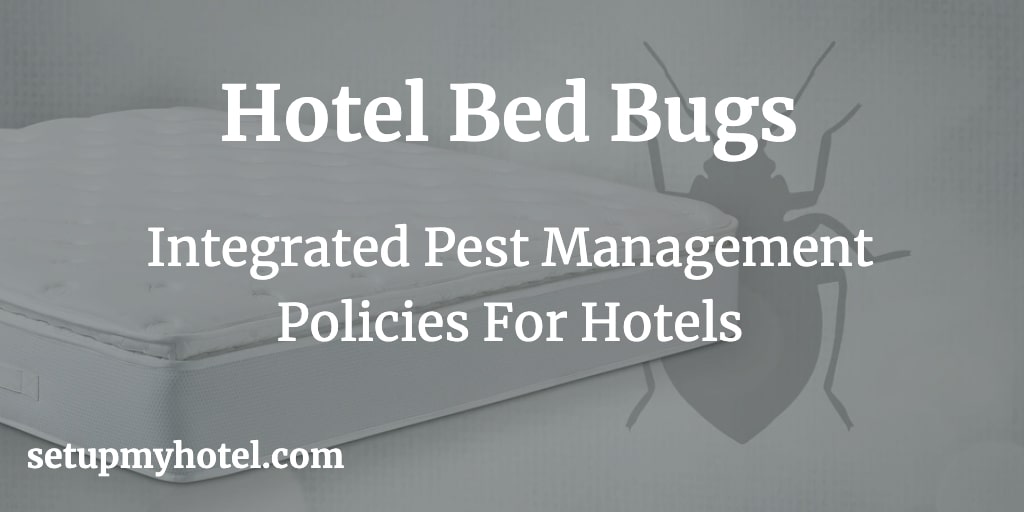Hotel Bed Bugs
One of the worst things that can happen during a hotel stay is encountering bed bugs. These tiny insects can easily hitch a ride on your luggage or clothing and infest your room without you even realizing it. Bed bugs are notoriously difficult to get rid of and their bites can cause itchy, painful welts on your skin.
To avoid bringing bed bugs home with you, it’s important to thoroughly inspect your hotel room before settling in. Check the mattress and box spring for any signs of bugs or their tiny black droppings. Look for blood stains on the sheets and inspect the seams of the mattress and furniture for any signs of bed bugs or their eggs.
If you do encounter bed bugs during your hotel stay, it’s important to notify hotel staff immediately. They should provide you with a new room and take steps to eliminate the bed bugs from your previous room. It’s also a good idea to wash all of your clothing and luggage in hot water once you return home to make sure you don’t bring any bed bugs with you.
Bed bugs are parasites that seek out sleeping people or animals for a blood meal. After feeding, they hide. It is challenging, but not impossible, to prevent, detect, and control bed bugs due to their small size and ability to squeeze into cracks and crevices, where they are often unnoticed.
Ongoing, the need for hotels to have a proactive pest control program is imperative to maintain customer satisfaction and a healthy reputation. The biggest pest threats to hotel accommodation areas are bedbugs and other biting insects.
HotelA Hotel or Inn may be defined as an establishment whose primary business is providing lodging facili... Bed Bugs – What are the characteristics of Bed Bugs?
- Eggs: tiny, white, and glued to surfaces.
- Nymphs are light-colored, from 1/16th”.
- Adults are rusty red, apple seed-sized, 3/8”.
- Six legs, oval, flattened from top to bottom.
- Do not jump or fly, but are good runners.
- They tend to congregate together.
- They can live for several months without a blood meal.
Hotel Bed Bugs – What Are the Signs of Bed Bugs in the Hotel?
- Small, whitish shed skins and rusty spots on bed linens which are droppings and bloodstains from crushed bugs.
- Live bed bugs of any size.
- Eggs and casings among droppings or in crevices where adults hide.
- An offensive, sweet, musty odor from the bed bugs when infestations are severe.
- You may have Red, itchy welts or rashes from bites; however, bite marks are not a reliable indication of a bed bug infestation.
Hotel Bed Bugs – How to Identify Bed Bugs?
- Pick up the mattresses in the rooms and look under them. Check around the edges of the box springs.
- Check under the box spring.
- Look at the corners of the room. Oftentimes bedbugs are wedged in corners while sleeping during the day. Also, spiders do catch them and this is where they generally have their webs.
- This is the most important tip of all. Headboards in hotel rooms are easily removed. They are decorative.
- Lift each headboard and lay it on the bed. Carefully inspect the hole where the headboard was lifted out. Also, inspect all niches and corners of the headboard.
- Remember bedbugs are very small and dead bedbug husks sometimes can be hard to pick up. If you see any type of bug or husk of small bugs, you most likely have bedbugs in the room (or at least used to).
Hotel Bed Bugs – How to Hire a Pest Control Operator?
- Call several licensed and insured companies, compare services, and get written estimates.
- Insist on references and call and check the references.
- Look for companies that: offer an Integrated Pest Management (IPMIntegrated Pest Management (IPM) is the use of pest and environmental information in conjunction wit...) solution.
- Offer both chemical and non-chemical treatment options give a pre-treatment checklist perform pre-treatment inspection recommend both interceptors and encasements offer two or more service visits and follow-up.
Hotel Bed Bugs – How to Integrated Pest Management Policies For Hotels?
- Capture several examples of the pest and have them identified by a qualified expert before taking any further actions.
- Never use outdoor pesticides indoors.
- Some pesticides and total-release foggers are highly flammable. Improper use may cause a fire.
- Never overuse pesticides. More is not better and leave the job to the professionals.
- Always Read, understand, and follow the label-use directions.
- Daily Vacuuming reduces bed bug populations, Clean and vacuum bed bug-prone areas daily.
- Immediately seal and dispose of the vacuum bag.
- Install encasements on the mattress and box spring.
- Install bed bug interceptors under the bed and furniture legs.
- Keep the bed away from the wall and do not let bedding touch the floor.
- Clean and scrub seams/folds with detergent.
- Seal cracks where bed bugs can hide.
- Items that cannot be washed or dried may be steamed, heated, or frozen using specialized equipment.











